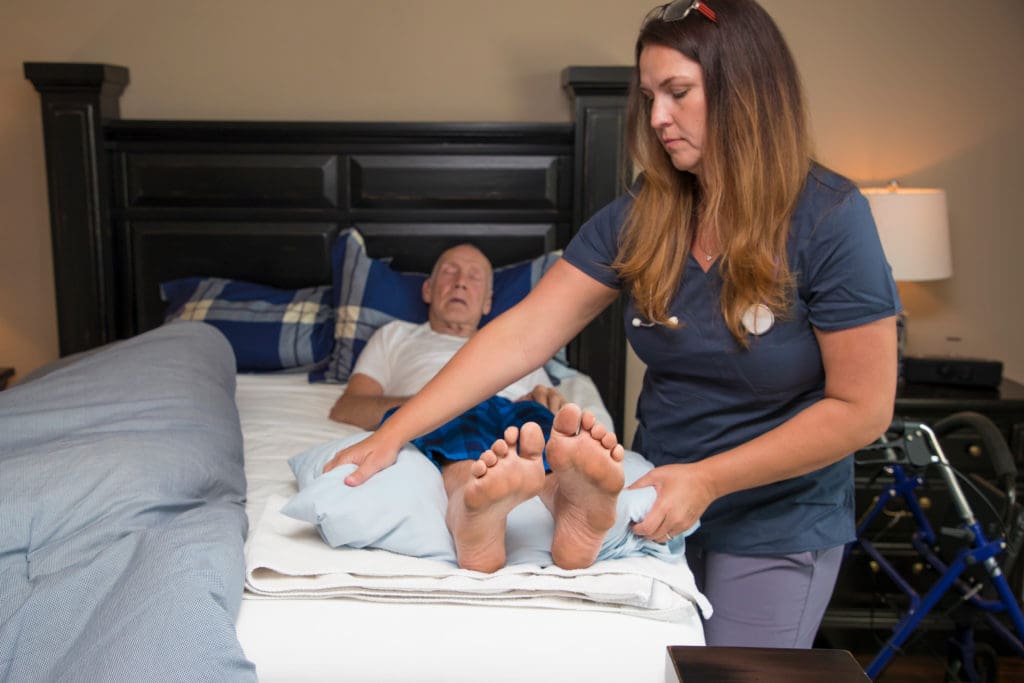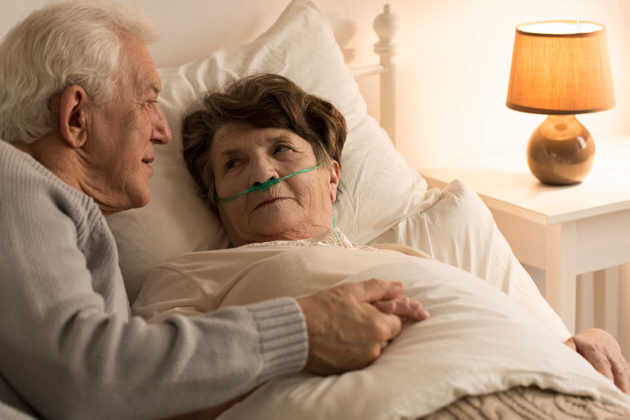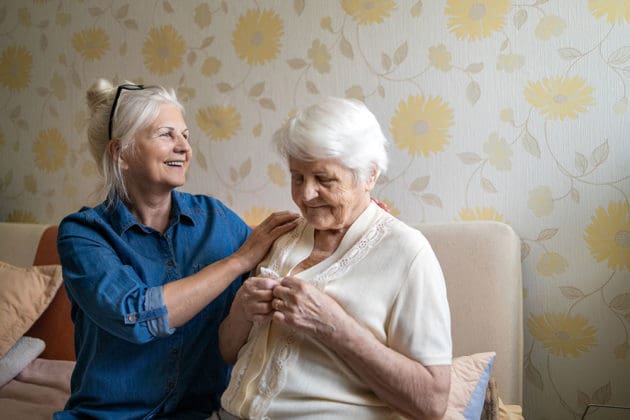
As your dying loved one’s condition changes in the months, weeks, days, and hours before death, you will see some predictable physical signs. Decline and death from disease are gradual and orderly as the body begins to shut down. Almost all people approaching death will show similar physical signs on a predictable timeline.
A Few Months Before Death
At first, usually over a period of 1–3 months, your loved one is likely to:
- Feel weak and become less active
- Sleep or doze more
- Eat and drink less, often preferring soft foods
- Withdraw from people and stop doing things they used to enjoy
- Talk less
Your loved one may prefer to sit quietly or lie in bed instead of moving around. They may also gradually become less interested in what’s going on around them. These changes are normal and expected. At this point, encouraging the person to eat or be more active or talkative isn’t helpful. The focus now is on keeping your loved one comfortable.
Caring for a loved one in hospice isn’t something you need to do alone — VNS Health is here to help. Our home hospice care supports you and your loved one in the comfort of home.
The Final Weeks
In the final 1–2 weeks before death, your loved one will begin to experience active dying. Normal, expected signs that the body is beginning to shut down will appear. These signs aren’t medical emergencies. Your loved one isn’t suffering.
Your loved one may show some or all of these signs of active dying:
- Isn’t hungry or thirsty
- Spends most or all of their time in bed
- Is very drowsy, sleeps much more, and gradually slips into unconsciousness
- Has decreased stool and urine output, with urine becoming darker
- Has cool, clammy, or bluish skin, especially on the arms and legs, as circulation decreases
- Is confused or has hallucinations, such as seeing and talking with people who are dead or aren’t there
- Becomes restless or anxious as circulation and metabolism change
- Breathes noisily, making a rattling sound, as fluid collects in the back of the throat
- Has changes in breathing rate, with breaths becoming unusually slow, unusually fast, or a combination of both
Your loved one will probably be unaware of these signs and won’t feel discomfort or pain from them. Your role now as caregiver is to provide comfort care and loving support. If you notice a change such as increased pain, nausea, or trouble breathing, call your hospice care nurse for advice.
Even when many signs of active dying are present, predicting how much time a person has left is difficult. As these signs become clearer in the days leading up to death, your hospice care nurse will visit more often to help your loved one feel comfortable, supported, and cared for during their last days and hours.
The Final Days and Hours
When death is likely to be within a few days or hours, your loved one may:
- Be unconscious or drift in and out of awareness
- Hallucinate (see things that aren’t there) or seem restless or confused
- Stop producing urine and stool
- Have an irregular or faint heartbeat
- Experience a drop in body temperature
- Have mottled bluish-purple skin on their feet, knees, and hands
- Breathe slowly, with some gasps
Eventually, your loved one’s breathing will slow until it stops entirely.
These signs may be upsetting, but, again, they are normal and expected — they don’t mean your loved one is suffering. For most people in hospice care, the last days and hours are quiet and peaceful and are generally pain free. Often, caregivers say that at the end, their loved one just “drifted away.” Your role as a caregiver is to continue helping your loved one feel loved, comfortable, and cared for until the final moment arrives.


